View all Standards for Virginia Standards Of Learning (2020)
TT.15 The student will identify the responsibilities of the running crews.
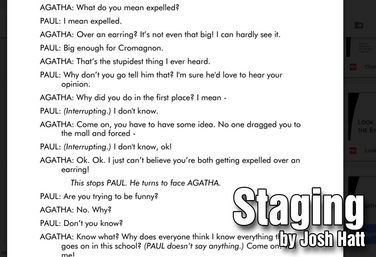
Part of the Technical Theatre Mini Units Curriculum
Staging
by Josh Hatt
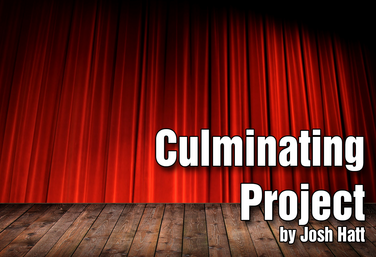
Part of the Technical Theatre Mini Units Curriculum
Culminating Project
by Josh Hatt
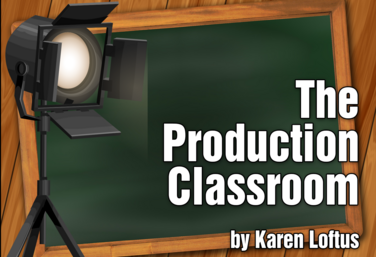
Part of the Production Classroom Units Curriculum
Part One - Pre-Production
by Karen Loftus
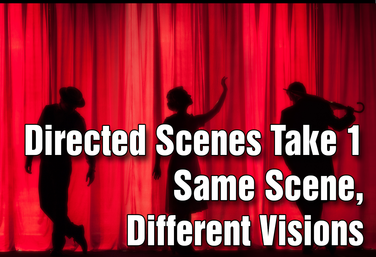
Part of the Middle School Curriculum
Unit Six: Directed Scenes Take 1: Same Scene, Different Visions
by Lindsay Johnson
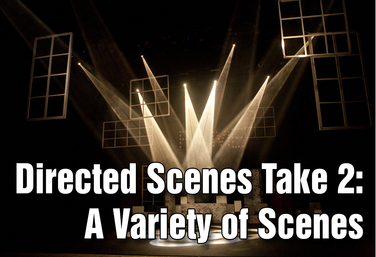
Part of the Middle School Curriculum
Unit Seven: Directed Scenes Take 2: A Variety of Scenes
by Lindsay Johnson
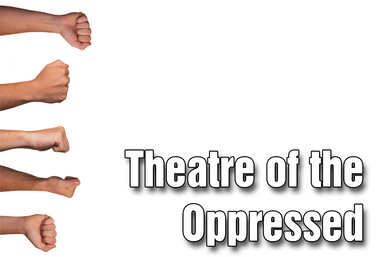
Part of the Middle School Curriculum
Unit Eight: Theatre of the Oppressed
by Lindsay Johnson
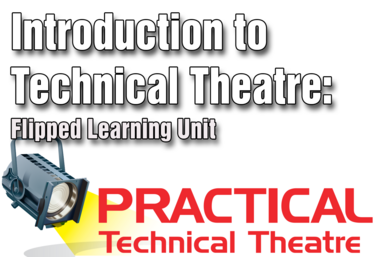
Introduction to Technical Theatre: Flipped Learning
by Lindsay Price
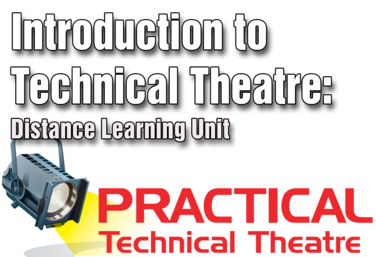
Part of the Distance Learning Curriculum
Introduction to Technical Theatre: Distance Learning
by Lindsay Price

Part of the Production Classroom Units Curriculum
Part Three - Reflection and Assessment
by Karen Loftus

Part of the Production Classroom Units Curriculum
Part Two - Documents
by Karen Loftus

Part of the Production Classroom Units Curriculum
Part Two - Rehearsal and Performance
by Karen Loftus
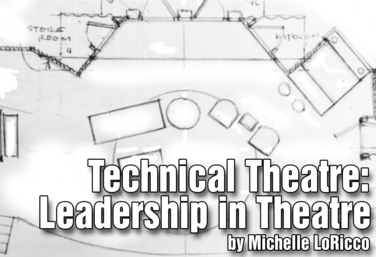
Technical Theatre: Leadership in Theatre
by Michelle LoRicco
View all Standards for Virginia Standards Of Learning (2020) Standards Master List